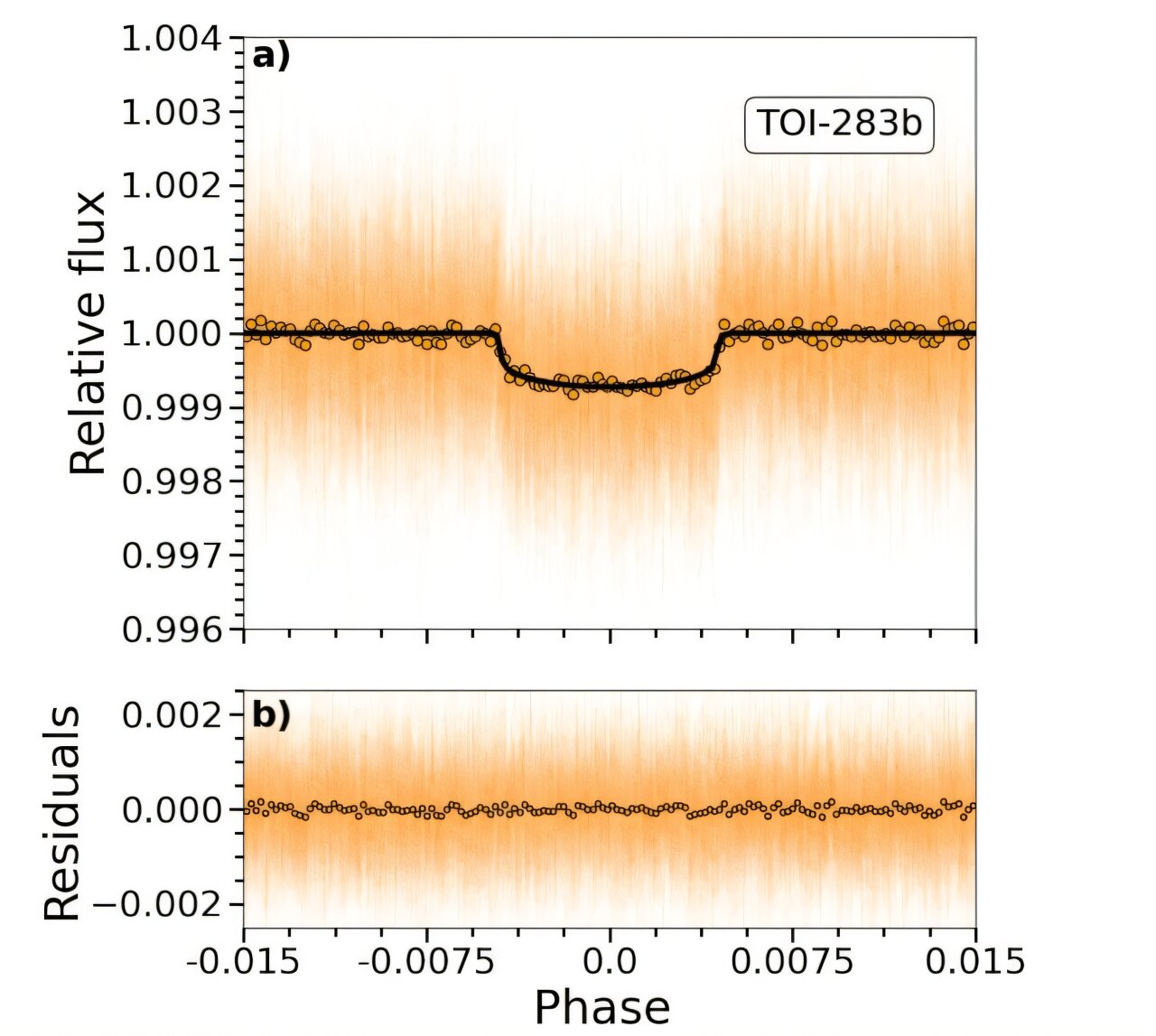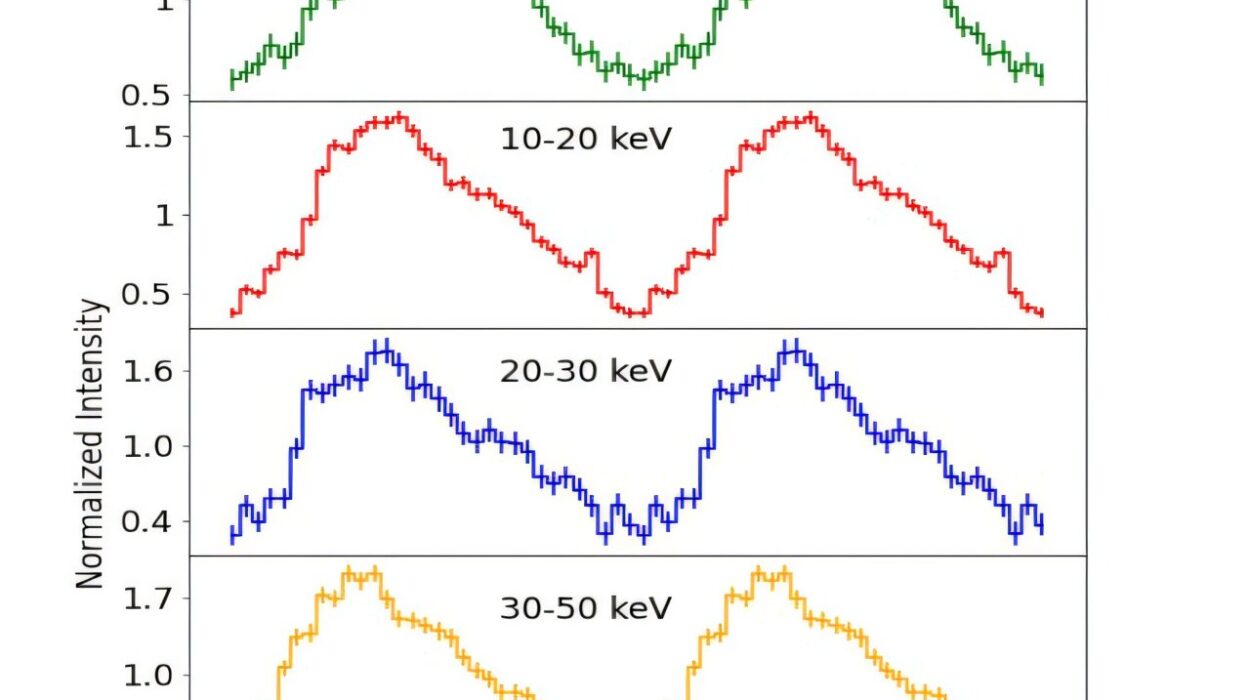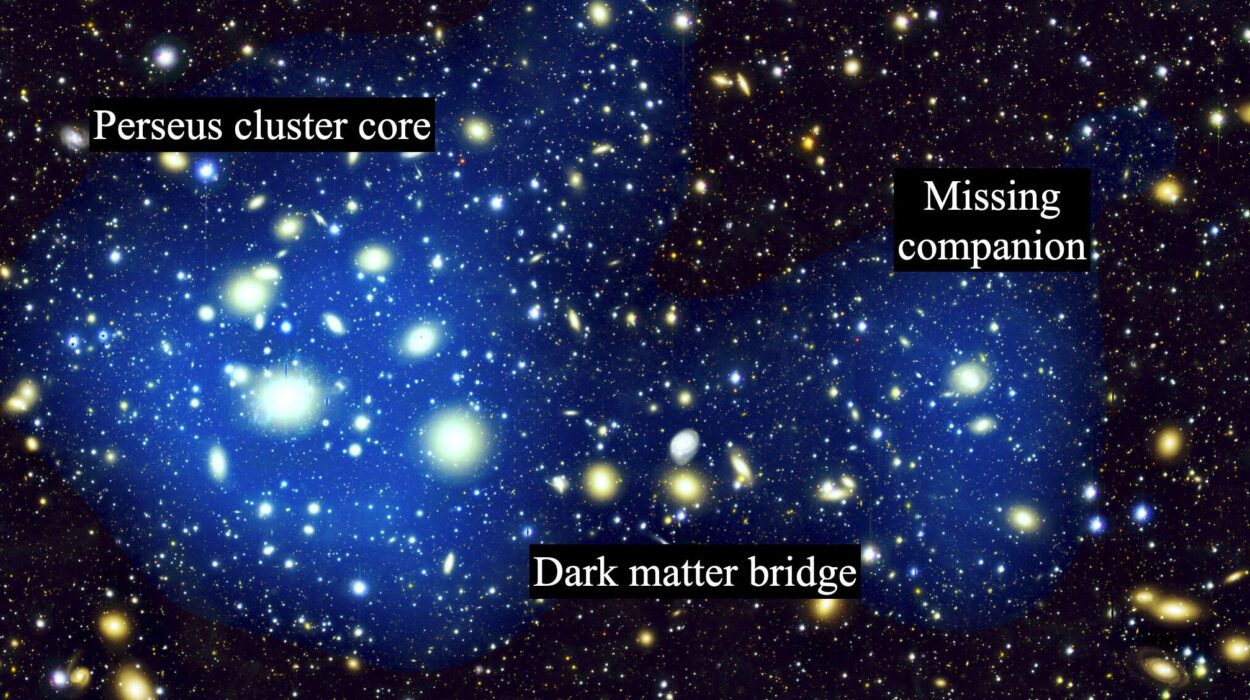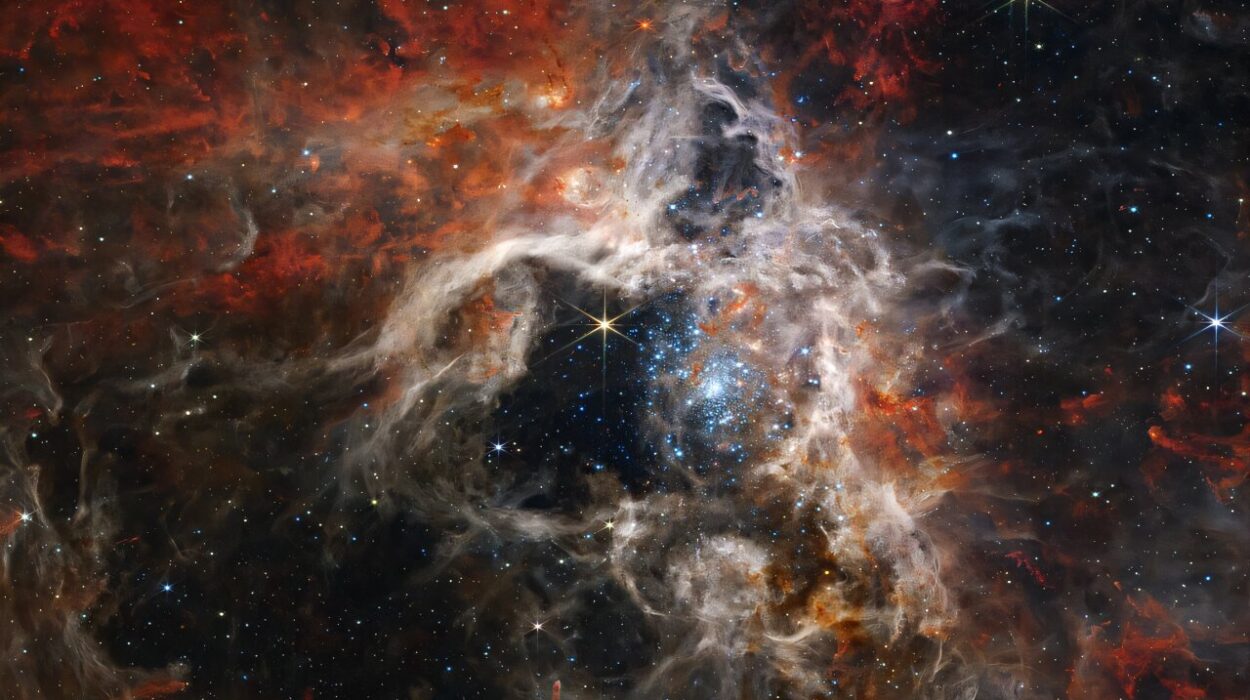Far beyond the familiar glow of our Sun, in a quiet corner of the Milky Way about 269 light-years from Earth, a small, mysterious planet orbits a golden star. This world, named TOI-283 b, has just been confirmed by an international team of astronomers using data from NASA’s Transiting Exoplanet Survey Satellite (TESS) and powerful ground-based telescopes. Though it is only 40% smaller than Neptune, TOI-283 b could offer vital clues about how planetary systems form and what makes them capable—or incapable—of supporting life.
A Window Into Other Solar Systems
TESS, launched in 2018, is one of humanity’s most ambitious missions to explore the universe beyond our solar system. Its goal is simple yet profound: to find exoplanets, worlds orbiting other stars. Unlike earlier missions that surveyed narrow sections of the sky, TESS observes almost the entire celestial sphere, scanning for small dips in starlight that occur when a planet passes—or transits—in front of its star.
So far, TESS has identified over 7,700 planetary candidates, known as TESS Objects of Interest (TOI). Among these, more than 700 have been confirmed through follow-up observations. Each confirmed planet is a new chapter in the cosmic story of how worlds form and evolve—and TOI-283 b is one of the latest additions to that ever-growing library.
The Star Behind the Discovery
The host star, TOI-283 (also known as TIC 382626661), is a K-type star—a slightly smaller, cooler, and dimmer cousin of our Sun. It is about 15% smaller and 20% less massive than the Sun, shining with a soft orange hue that gives its planetary system a gentle warmth. Astronomers estimate the star to be around 10.4 billion years old, making it more than twice the age of our Sun.
That incredible age means TOI-283 has been shining since long before our solar system existed. The fact that one of its planets still survives after billions of years makes TOI-283 b a fascinating target for studying planetary longevity and stability in old star systems.
The Subtle Signal of a Hidden World
The first hints of TOI-283 b came from TESS observations, which showed a tiny but regular dip in the star’s light. Such dips are the signature of a planet passing in front of its star during orbit. But identifying a planet isn’t as simple as detecting one of these signals—astronomers must rule out other possible explanations, such as companion stars, starspots, or instrument errors.
To confirm the discovery, Felipe Murgas of the University of La Laguna in Spain led an international team that conducted ground-based follow-up studies. Using the Very Large Telescope (VLT) in Chile and its high-precision ESPRESSO spectrograph, the team measured the star’s light spectrum and the subtle shifts in its wavelength caused by the gravitational tug of the orbiting planet—a technique known as radial velocity measurement.
Their analysis confirmed that TOI-283’s light fluctuations were indeed caused by a planet. The same measurements revealed details about the planet’s mass and orbit, turning what was once a faint signal into a fully realized world.
A Mini-Neptune With an Intriguing Composition
TOI-283 b turned out to be a mini-Neptune—a class of planets larger than Earth but smaller than Neptune, typically rich in volatile materials like hydrogen, helium, and water vapor. According to the research team, the planet’s radius is 2.34 times that of Earth, and its mass is 6.54 times greater. These measurements yield a density of 2.81 grams per cubic centimeter, suggesting a composition less dense than rock but heavier than a pure gas giant.
The planet orbits its star every 17.62 days at a distance of about 0.12 astronomical units (AU)—roughly one-eighth the distance between Earth and the Sun. Because of this close orbit, TOI-283 b is quite warm, with an estimated equilibrium temperature of 661 Kelvin (about 388°C).
While this temperature makes it too hot for life as we know it, it doesn’t make the planet uninteresting—far from it. Its intermediate size and mass make it a key piece in the puzzle of how planets transition from being rocky super-Earths to gaseous mini-Neptunes.
A World Wrapped in Gas and Possibly Water
Based on its position in the mass-radius diagram, TOI-283 b likely possesses a thick envelope of light gases, primarily hydrogen and helium, similar to Neptune’s outer layers. But it may also contain a significant amount of water—either in vapor form within its atmosphere or locked as high-pressure ice deep within its interior.
If confirmed, TOI-283 b could represent a hybrid type of planet—one that bridges the gap between small rocky worlds and larger gas giants. These types of planets are of great interest to astronomers because our own solar system curiously lacks them. While exoplanet surveys have found mini-Neptunes to be common throughout the galaxy, we have no direct example to study nearby.
The research team has suggested that future observations using the James Webb Space Telescope (JWST) could confirm the presence of water vapor or other molecules in TOI-283 b’s atmosphere. Such measurements would reveal not only the planet’s composition but also its formation history—whether it formed close to its star or migrated inward over billions of years.
What This Discovery Tells Us About Planetary Evolution
Planets like TOI-283 b are essential to understanding how planetary systems evolve. Because its star is so old—about 10.4 billion years—studying this system gives astronomers a rare window into the distant past of the galaxy. The survival of TOI-283 b around such an ancient star raises fascinating questions: how did this planet maintain its orbit for so long? Has it changed over time due to stellar radiation or gravitational interactions?
By comparing ancient systems like TOI-283 to younger ones, scientists can track how planetary atmospheres erode, how orbital paths shift, and how planets evolve over billions of years. In essence, TOI-283 b is not just another distant world—it’s a time capsule from the early Milky Way.
The Instruments That Made It Possible
Discoveries like TOI-283 b are triumphs of both human ingenuity and technological precision. TESS, orbiting Earth and scanning the sky sector by sector, first identified the hint of the planet’s existence. But the true confirmation came from instruments on Earth—most notably ESPRESSO, a state-of-the-art spectrograph attached to the Very Large Telescope in Chile.
ESPRESSO’s remarkable precision allows astronomers to detect changes in a star’s motion as small as a few centimeters per second—about the speed of a crawling baby. These tiny shifts reveal the gravitational influence of orbiting planets, allowing scientists to determine their mass and orbital details with extraordinary accuracy.
Such coordination between space-based and ground-based observatories has become the backbone of modern exoplanet science. It represents an international effort where data, technology, and human curiosity intersect to explore the vast unknown.
The Broader Significance of TOI-283 b
Though TOI-283 b itself may be too hot to host life, its discovery deepens our understanding of the diversity of planetary systems. Mini-Neptunes like this one could be the most common type of planet in our galaxy, yet we have no equivalent in our own solar system.
This peculiarity makes them essential to study. Why did our solar system form without one? What determines whether a planet retains a thick gaseous envelope or becomes a rocky super-Earth? These questions are not just academic—they touch on the very processes that shape habitable worlds.
Furthermore, TOI-283 b’s relatively bright and nearby host star makes it an ideal candidate for detailed atmospheric studies. If future observations confirm the presence of water or other complex molecules in its atmosphere, it would mark an important step toward understanding the building blocks of planetary habitability.
Gazing Into the Future
The story of TOI-283 b is only beginning. In the coming years, astronomers hope to turn the eyes of JWST and other next-generation telescopes toward this intriguing world. By analyzing the starlight that filters through its atmosphere during transit, scientists can search for the spectral fingerprints of water, methane, carbon dioxide, and other molecules.
Each new discovery refines our understanding of what kinds of planets exist—and how unique Earth might be. Even if TOI-283 b is not another Earth, studying it helps illuminate the pathways that lead to worlds like ours.
A Universe of Endless Discovery
When we look up at the night sky, every star is a potential home to other worlds. The discovery of TOI-283 b reminds us how vast and varied our universe is—and how much there still is to learn. Each exoplanet found by missions like TESS is more than a scientific data point; it is a story about cosmic origins, endurance, and possibility.
In the quiet light of a 10-billion-year-old star, a small planet orbits with steady rhythm, unseen to the naked eye yet now known to humanity. Its existence speaks to the power of curiosity, collaboration, and technology—the same forces that have carried us from wondering about the stars to discovering the worlds that circle them.
As TOI-283 b completes another orbit around its ancient sun, we are reminded that exploration is endless—and that even in the vastness of space, every discovery brings us one step closer to understanding our place in the universe.
More information: Murgas et al, TOI-283 b: A transiting mini-Neptune in a 17.6-day orbit discovered with TESS and ESPRESSO, arXiv (2025). DOI: 10.48550/arxiv.2510.15084






